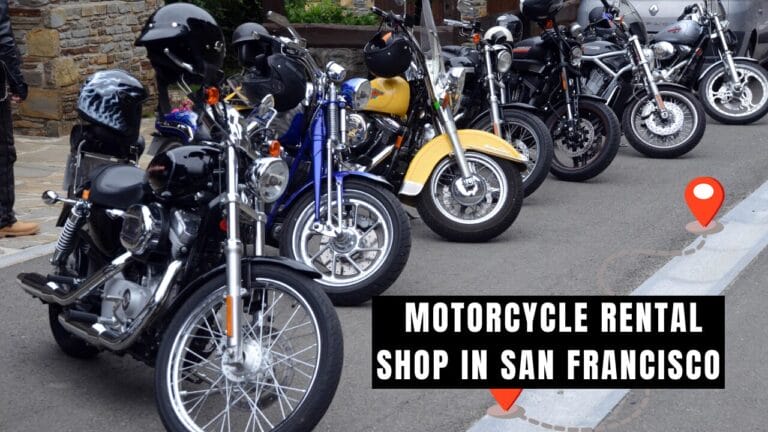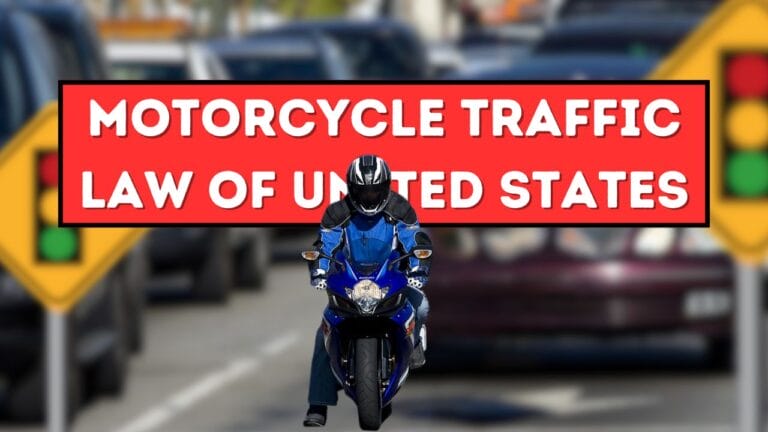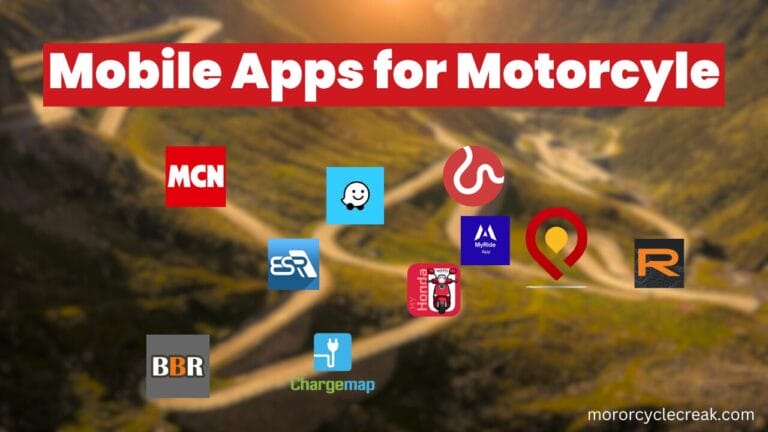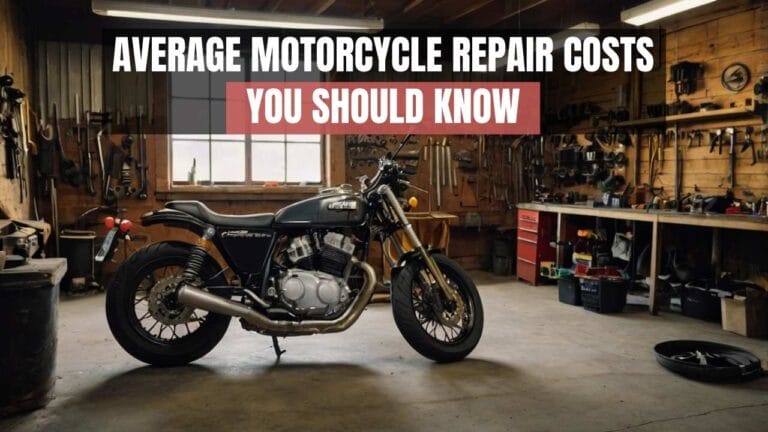can you trade in a motorcycle you still owe on
Imagine this: You’ve just spotted your dream motorcycle—sleek, powerful, and everything you’ve ever wanted. But there’s a catch, you are stuck between a loan and the lure of a fresh set of wheels. What now?
So, can you trade in a motorcycle you still owe on?
The short answer is yes, but like most things in life, there’s a bit more to it. Let’s cut through the noise and get straight to the point.
Trading in isn’t as complicated as it sounds, and with a little know-how, you can ride off into the sunset on that new bike sooner than you think.
In this blog, we’ll break down the process step by step, so you know exactly what to expect. From understanding your loan balance to negotiating with dealers, we’ve got you covered. By the end, you’ll have all the information you need to make a smart, stress-free trade.
Can You Trade in a Motorcycle You Still Owe On?
Yes, you absolutely can trade in a motorcycle you still owe on, but there are a few things to keep in mind.
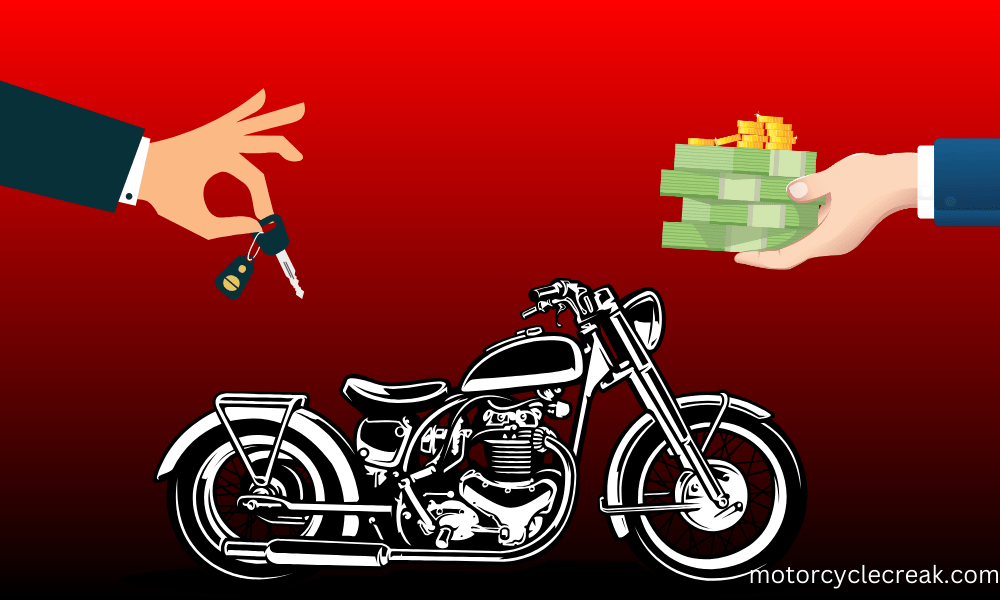
If your motorcycle’s value is higher than the remaining loan, you’re in good shape. The dealer can use that equity to cover the rest of your loan, and you might even have a little extra to put toward your next ride. On the other hand, if you owe more than the bike is worth (hello, negative equity), things get a bit trickier. You’ll either need to pay the difference out of pocket or roll it into a new loan.
It’s like swapping shoes that don’t quite fit for a new pair—you can do it, but you might have to pay a little extra to make the swap happen. The key is understanding your financial standing, the difference between your bike’s market value and your remaining loan balance, and preparing for what’s next. Trading in isn’t impossible, just a bit of a balancing act.
Understanding Your Motorcycle’s Financial Standing
Positive Equity: You’re in a strong position if your bike’s value exceeds the loan balance. You can use this extra value to your advantage during the trade-in.
Negative Equity: If you owe more than your bike is worth, don’t worry. You can still trade in, but be prepared to roll the remaining balance into a new loan, which may affect your monthly payments.
Assessing the Remaining Loan Balance: Contact your lenders, such as a bank, credit union, or finance company, to get your payoff. This figure includes the principal, interest, and any early payoff fees.
Determining Your Motorcycle’s Market Value: Use online valuation tools, get appraisals from local dealerships, and check similar listings online to gauge your bike’s market value. This will help you understand what you can realistically expect in the trade-in process.
Trading Process of a Motorcycle You Still Owe On
With your motorcycle’s financial standing sorted, it’s time to prep for the trade-in. Proper preparation can make the process smoother, especially with an outstanding loan.
Step 1: Gather Necessary Documentation
Before hitting the dealership, gather these key documents:
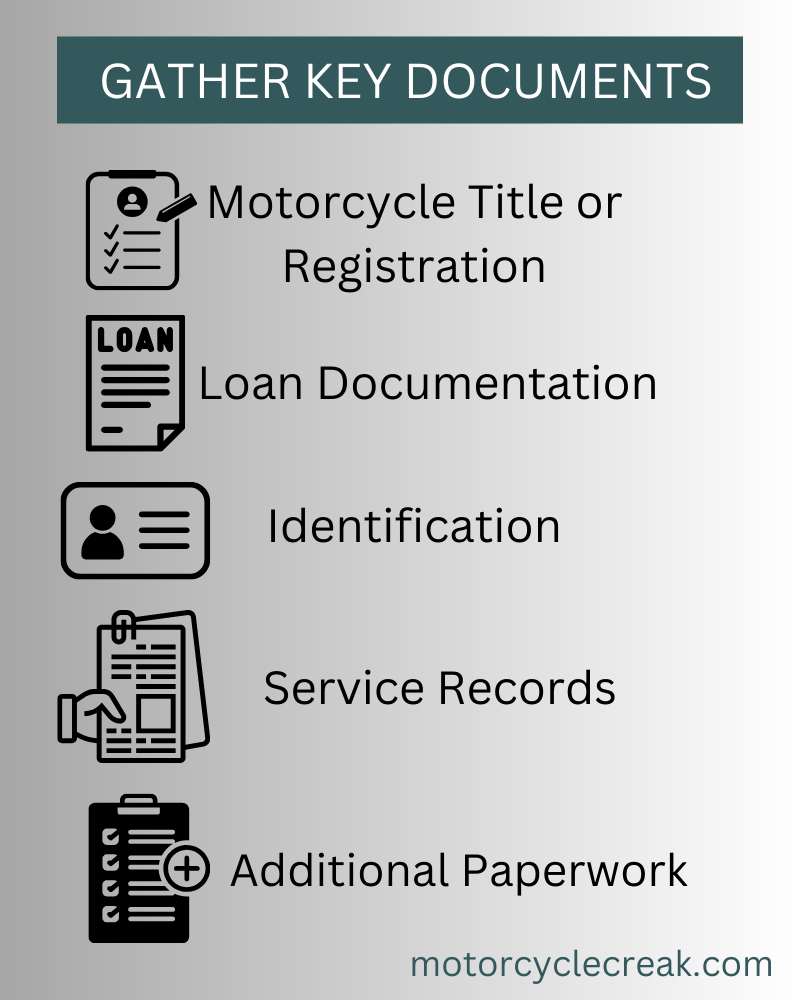
- Motorcycle Title or Registration: This proves ownership. Think of it like your bike’s ID card. For instance, imagine you’re at the dealership with your bike’s title tucked neatly in your hand. It’s a small but mighty piece of paper that says, “This bike is mine!”
- Loan Documentation: Includes your loan agreement, payment history, and payoff amount. Picture this as your financial report card. For example, if you’re chatting with the dealer and they ask about your loan, having this documentation handy will make you look prepared and organized.
- Identification: A valid driver’s license or government ID. Just like showing your ID at a concert, you’ll need this to complete the trade-in process.
- Service Records: Detailed maintenance records can boost your bike’s value. Think of these as the bike’s “health checkup” records. For instance, if you’ve just had a major service done, having those records ready is like having a glowing recommendation from your mechanic.
- Additional Paperwork: Check if your state or dealership requires extra documents. It’s like knowing the rules before playing a game—helps avoid any surprises.
Step 2: Communicate with Your Lender
Be upfront about your trade-in plans. Tell your lender if you plan to trade in a bike while still owing on it. For example, imagine calling your lender and saying, “Hey, I’m thinking of trading in my bike—what do I need to know?” It’s like giving your lender a heads-up so they’re not caught off guard.
Step 3: Get Your Motorcycle Appraised
Visit several dealerships to get trade-in appraisals. Each dealer might offer a different value. Think of it as shopping for the best price on a new gadget. For example, if you get a low offer at one dealership, don’t be discouraged—another might offer more.
Step 4: Negotiate the Trade-In Offer
With your appraisals and loan details in hand, negotiate with the dealer. Be transparent about your loan balance and any equity or negative equity. Imagine you’re haggling at a market—use what you know to get the best deal. For instance, if you have negative equity, explain how it will be rolled into your new loan, just like negotiating the final price at a flea market.
Step 5: Finalize the Trade-In and New Loan
Once you and the dealer agree on the trade-in value, finalize the deal. The dealer will pay off your old loan and apply any equity toward your new purchase. It’s like trading in an old phone for a new one—just with a bit more paperwork. Make sure to review all terms carefully.
Step 6: Complete the Transaction
Sign the paperwork to complete the trade-in and purchase. Ensure you receive copies of all documents. It’s like getting a receipt after shopping—important for your records.

Can You Improve Your Motorcycle’s Trade-In Value?
Yes, you can.
Before riding your motorcycle to a dealership for a trade-in appraisal, investing a little time and effort to enhance its value can make a difference. A well-maintained and visually appealing motorcycle is more likely to attract a better offer, potentially increasing your equity position.
Start by thoroughly cleaning your motorcycle, paying attention to details, and removing grime, dirt, and debris. Addressing minor cosmetic issues, such as scratches or faded paint, can also improve its appearance.
Quick Fixes and Improvements That Can Increase Value
In addition to basic cleaning, consider these quick fixes and improvements to boost your motorcycle’s appeal:
- Check Tire Condition: Ensure your tires have enough tread. Imagine showing up to a car sale with brand-new tires—makes a great impression!
- Inspect and Replace Worn-Out Parts: Fix minor issues like worn grips or levers. It’s similar to polishing a car before a sale—makes it look and feel newer.
- Consider Basic Maintenance: An oil change and fluid top-offs can show you’ve cared for your bike. Think of it as giving your bike a little spa treatment before its big day.
- Address Minor Cosmetic Issues: Clean and polish your bike. For example, touching up scratches and polishing the chrome is like giving your bike a fresh coat of paint before the big sale.
- Gather Service Records: Provide detailed maintenance records. It’s like having a resume for your bike—it shows it’s been well cared for.
Final Verdict: Ready to Trade-In with Confidence
So, there you have it—a comprehensive guide to trading in your motorcycle, even if you still owe it. Whether you’re eyeing that sleek new ride or just need a change, understanding your financial standing and preparing thoroughly will smooth the process.
Remember, trading in a motorcycle with an outstanding loan is entirely doable. By knowing your loan balance, assessing your bike’s market value, and preparing all necessary documents, you’ll be well-equipped to make a successful trade. If you’ve got negative equity, don’t worry—you’ve got options. Just be prepared to roll it into a new loan or handle it as part of your negotiation strategy.
Think of this as your roadmap to a fresh start on two wheels. With a bit of preparation and savvy negotiation, you’ll be hitting the road on your new motorcycle in no time. So, gear up, make those calls, and get ready to ride off into the sunset on the bike of your dreams. Happy trading!


